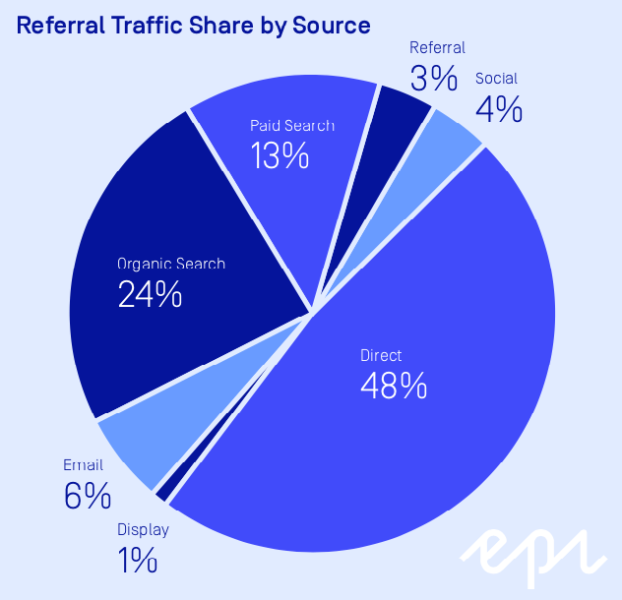No marketer today should be relying on a single channel to drive conversions. That’s obvious; what’s less obvious is figuring out what’s actually driving conversions. The market is awash in data but many marketers are no closer to a precise understanding of ROI than at any time in the past.
As the consumer journey becomes ever more circuitous and complex, marketers need to think and act holistically in their media planning and ROI/ROAS analysis. How are the multiple channels in a campaign interacting but how might they also reflect the influence of other ad exposures in the path to online or offline transactions?
Branded queries reflect other media influence
Search is a great example. It’s both a staring point for research at the top of the funnel but can also function as a tool reflecting the impact of other media on brand or product awareness. This is especially true in the case of branded or product-specific queries, a point that Yahoo actually made in 2005 before the launch of Google Trends.
Specifically, Yahoo argued back then that search can help measure the effectiveness of TV and online display campaigns. Marketers have also been including some version of “Google XYZ” as a call-to-action in TV ads, out-of-home and other media, off and on for years.

Digiday now reports that direct-to-consumer brands are increasingly looking to search traffic to evaluate the performance of their TV campaigns. Although this isn’t novel, it’s smart to combine these channels: TV to develop awareness and prompt branded queries for lower-cost and more efficient traffic acquisition and, potentially, conversions. Search queries and volumes then reveal the efficacy of the TV campaigns.
What’s behind ‘direct traffic?’
According to Episerver’s new B2C Dot-Com Report, based on 1.3 billion shopping sessions “across 159 unique retail and consumer brand websites,” 48% of website visits come from direct traffic (“a person who types in the retailer’s website directly into their browser”). Direct traffic is one of the most efficient and highest converting channels. But what’s behind it?
Direct traffic is often, if not mostly, a function of some other stimulus or awareness mechanism. Indeed, Episerver asserts that direct traffic is “the culmination of a brand’s marketing efforts” as much as the result of any single channel or campaign.
Search, both organic and paid, is the next most common traffic referrer and accounts for a 37% share according to Episerver. The report doesn’t break down branded vs. non-branded keywords. I suspect, however, that a meaningful percentage of search-referral traffic identified in the report is ultimately branded.

Episerver says that, overall, “paid and organic search are the highest performing traffic sources,” taking a variety of factors into consideration. Episercer advises that “retailers and brands should ensure they’re seeing similar strength in paid and organic search traffic and if not, optimize accordingly.” Beyond paid and SEO best practices, “optimizing” search traffic may require driving awareness through other channels such as display, social and video.
Marketers need to understand ‘the big picture’
Chamber.Media’s Bryant Garvin, during an SMX Advanced presentation on ROAS and attribution this month, discussed the need to step back and look at the full customer journey to understand the role of multiple channels in driving conversions. He argued that marketers should look at — and question — the data, not just rely on Google analytics or Facebook pixel data. Often these tools are going to be “too myopic,” he argued.
Data from any single channel may mislead or tell only part of the story. Marketers need to look at the “big picture,” he said.
